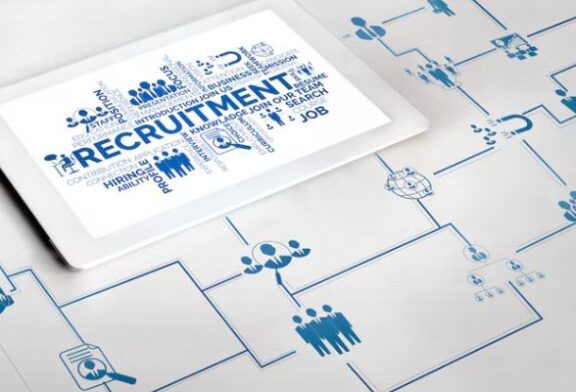
In an organisation, especially one that has a large number of employees, a huge amount of employee data is generated. This usually pertains to the personal details of the employees, their job title, salary and compensation, leaves, performance evaluations, training and development records, and employment status.
Thus, HR professionals have a mammoth task that involves searching email chains, spreadsheets, and paper records to ensure that all employee records are well-maintained. On an average, surveys show that 40-60% of the time, HRs are more occupied with an administrative task. Thus, these can be time-consuming and draw away from more strategic tasks.
This makes it important to simplify record keeping, a task that is easily managed by opting for an HRIS or Human Resources Information System.
What is an HRIS (Human Resources Information System)?
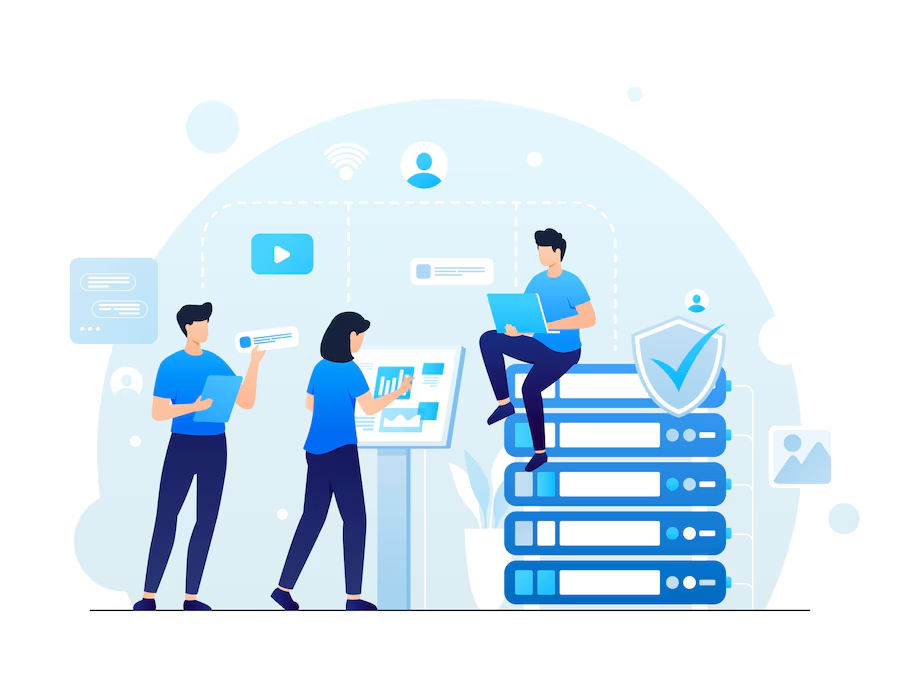
HRIS is a cloud-based tool that streamlines HR processes, elevating them from paper and spreadsheets to a digital filing cabinet system. This ensures that all information regarding an employee is easily accessible.
However, the use of a Human Resources Information System is not limited to just HR professionals. Thus, by altering the access permissions, the following people can also find HRIS useful:
- Hiring managers
- Payroll administrators
- Office administrators
- L&D teams
- Team leaders
- Regular Employees
In essence, an HRIS can be used to tackle a range of tasks from paycheck processing to compliance tracking.
The Basics of HRIS Software

The Human Resources Information System helps manage employee data, making it easy to store, access, and update records. Alongside this basic function, it aims to streamline several other HR tasks such as payroll, recruitment, and onboarding. Also, it helps maintain compliance with industry norms and aids in performance management.
At the very least, an HRIS system will record all types of employee data. Further, it usually assists with the leave management system, talent acquisition, and appraisals.
The Purpose of an HRIS Software
On the whole, using an HRIS software helps achieve the following:
- Record keeping for all employee data.
- Streamline payroll processing for all.
- Track and manage employee benefits and compensation.
- Track work hours, absences, and breaks.
- Generate HR analytics pertaining to details like employee engagement and their turnover rates.
- Setting goals, reviews, and appraisals for employees.
- Track applicants during recruitment and onboarding.
- Manages compliance information and helps organisations stay audit-ready.
Key Features and Capabilities of an HRIS
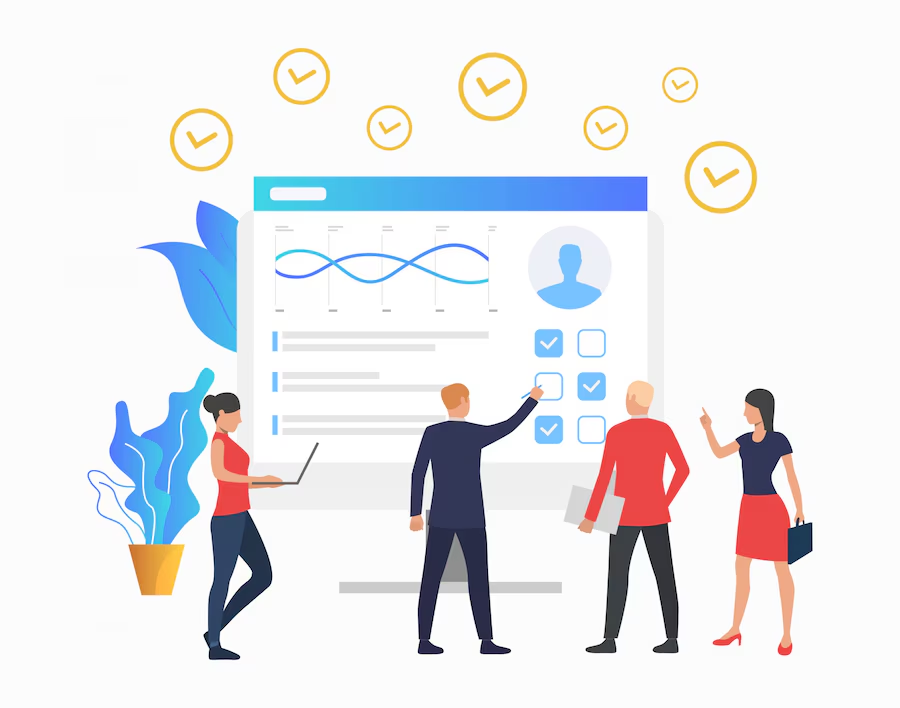
Surveys show that 19% of companies use 10 or more HR systems simultaneously for their day-to-day tasks. Thus, instead of reducing the burden on HRMs, improperly deployed HR tools can, in fact, increase it.
98% of companies, among those looking to upgrade, prefer a cloud-based HRIS when they look for a solution to optimise their HR system.
Further, an HRIS system will offer the following:
Core HR Functions
At the very least, any HRIS software that you opt for will do the below:
Employee Data Management
This usually refers to the following:
- The name, age/ DoB, address, and ID details of the employees.
- Job title and salary.
- Present employment status of the employee.
- Records of past appraisals.
- Records of any certification received or training program completed.
The HRIS tool will maintain a record of all of the above to make sure it is available to people with necessary permissions.
Payroll and Benefits
This usually refers to all payments made to an employee, when these payments were made, and if they received any additional benefits or compensation. This compensation can be in the form of performance incentives, yearly bonuses, or even overtime pay. Maintaining a record of all of these is essential to ensure compliance during audits.
Time and Attendance Tracking
This usually pertains to when an employee is punching in for work, when they are taking breaks, and the time at which they are leaving. Further, it also records the number of leaves an employee has and what they have availed. This information is essential when making payments to employees and generating their payslips.
Advanced Features
The HRIS software which is built to incorporate multiple functions will also offer the following:
Recruitment and Onboarding
A very important task for all HRMs is recruiting new employees. With an HRIS system, HRMs can track an applicant from the get-go. The HRIS system will allow you to enter the applicant’s details, weigh if they are a good fit for the job, and carry over necessary data for the onboarding process. This effectively reduces the repetitive task of entering information about the same person multiple times. Further, it can also be used to track the number of applications made per job opening.
Performance Management
During appraisals, an HRIS software can be used to track if an employee has met all their targets. Further, it will also record the response from the appraisals. Then, employees can view this information to understand where they excel and areas that need more work. Additionally, this data can be used to decide the bonuses and promotions an employee may receive.
Learning & Development
By keeping track of all employee records, the HRIS software can identify if any employee is missing out on key skills or a mandatory certification. Then, it suggests L&D programs to the employees. Further, employees can also voluntarily take up L&D programs and upload the certificates on the HRIS.
Succession Planning
Past appraisals and performance reviews, alongside professional qualifications of an employee, help decide whether they are a prime candidate for succession planning. The HRIS system records the information about past appraisals, which can be used to compare candidates for succession planning to decide on the most suitable one.
Reporting and Analytics
Since it accounts for all data related to an employee, the HRIS software can be used to generate analytics on any given employee. This, in turn, not only helps during future appraisals and succession planning but also identifies if any of the employees are falling behind in terms of skills and qualifications.
Self-service Tools
Not every employee can have the same amount of access to an HRIS. Further, in order to ensure every employee is able to use the Human Resources Information System, it should be accessible and compatible across platforms.
Employee and Manager Access
While employees should be able to enter data regarding themselves, they should not be able to alter pre-existing data or inputs from an appraisal. Similarly, Managers and HRMs should be able to view, add, and edit data for their respective workers. Further, they should be able to generate analytics and enter appraisal information.
Mobile Apps and Dashboards
Not every worker works from the office, with many preferring a remote or hybrid arrangement. Thus, an HRIS that is available as a mobile app is more accessible and allows all employees to sign in and access their information. Further, being able to view necessary information in the form of dashboards can be an added benefit with HRIS.
Types of HRIS Systems
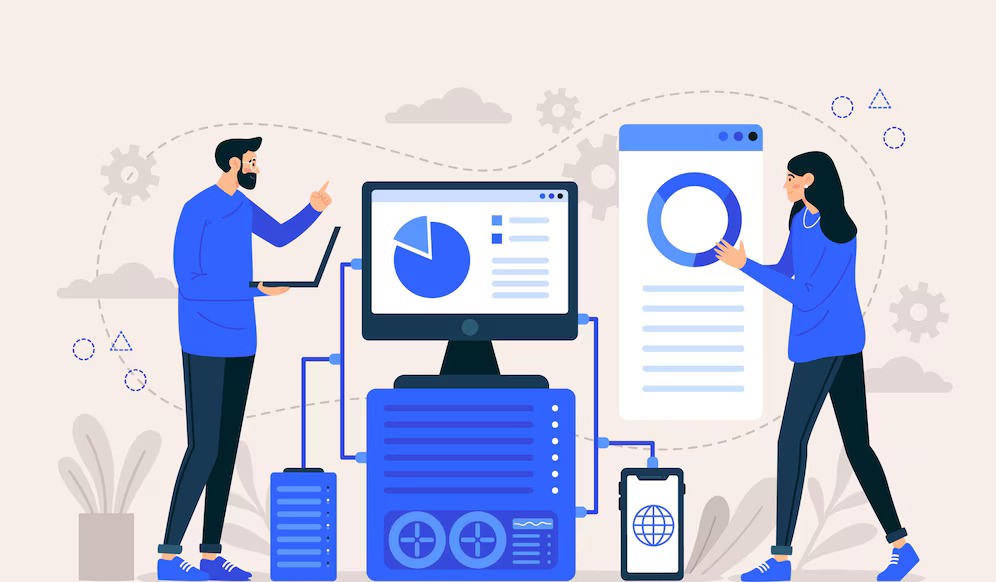
Depending on how they are designed and the purpose they serve, Human Resources Information System can be of the following types:
Operational HRIS
These are designed to support the basic HR functions and, thus, streamline the system to ease the workload. Some of the tasks addressed by an operational HRIS system include employee data management, payroll management, and attendance tracking.
Tactical HRIS
These systems are a step higher than the basic HRIS. If you require your HRIS to aid the talent acquisition process, appraisals, L&D, or compliance management, you will need a tactical HRIS system.
Strategic HRIS
For tasks that need to align with your business goals, such as workforce and succession planning, HRMs need to deploy a strategic HRIS system. These are top-of-the-line tools that bring most, if not all, HR tasks under the scope of one tool.
Comprehensive vs. Best-of-breed Solutions
Many businesses believe in getting the best tool for every task to aid in their business processes and, as such, opt for the best-of-breed solutions. These are specialised HRIS systems that take care of only a few specific HR functions. While this leads to the business availing the best possible solution and being minimally dependent on a particular vendor, HRMs are also left juggling multiple tools.
Another approach is to opt for an HRIS that offers a comprehensive solution. This offers a single tool for multiple tasks and allows easy integration. Further, it helps HRMs standardise the process. Additionally, it becomes easier to train employees since every task can be achieved with a single tool.
The best approach makes it imperative to recognise business goals, plans, and needs. Further, you need to take stock of the processes that you have to address and the budget that you have to work with. Weigh these factors against the software tools available in the market to decide on a suitable solution for your workplace.
HRIS vs. Other HR Tech

The global market for HR tech is set to increase by a CAGR of 9.6% till 2034. This growth is projected from the 2024 market valuation of 28,293 million USD.
If you are familiar with HR tools, often you might have heard HRMS, HRIS, and HCM being used in place of one another. While they are all HR tools, as the names suggest, they also have some definite variations.
HRIS vs. HCM (Human Capital Management)
In contrast to HRIS systems, which records employee data, Human Capital Management software are more attuned to the onboarding of new workers, employee performance and analytics related to the same. Thus, they engage with the employees on a more individual level, offering in-depth analysis for all of them.
HRIS vs. HRMS (Human Resource Management System)
Human Resource Management Systems take it one step further and target strategic planning. Thus, they are designed to provide employee analytics and also use these to identify the top performers who can be considered for succession planning.
Benefits of Using an HRIS

By opting for an HRIS software, organisations stand to gain the following:
Time and Cost Efficiency
With just one HRIS, HRMs can go for paperless onboarding, access employee information easily, and manage workforce data from one platform. This saves time, which is often spent on looking for information across both the systems and paper files. Thus, administrative tasks become less time-taking.
Improved Accuracy and Compliance
Since these have an option to import or extract employee data from other systems, they tend to be more accurate. Further, since all employee data can be accessed from a specific platform, it is easier to maintain compliance. Additionally, it helps organisations stay ready for audits.
Better Decision-making Through Data
By being able to access all employee data and analytics via a single platform, managers and HRMs can refer to these at any time. This enables them to make informed calls that can be backed by data. In turn, this improves the faith employees have in the organisation and engagement.
Enhanced Employee Experience
By opting for a comprehensive HRIS, you get an all-in-one system, so employees only need to learn how to operate the SaaS tool. Further, it establishes a transparent system where workers can view their information at any time. This improves employee experience and creates a conducive work environment.
Scalability for Growing Teams
As a business grows, so does the workforce. This generates a huge volume of information, which can be tedious to manage. Using an HRIS system establishes a scalable system that can grow alongside your workforce. All you need to do is upgrade the software to support a bigger workforce.
Challenges and Considerations When Implementing HRIS
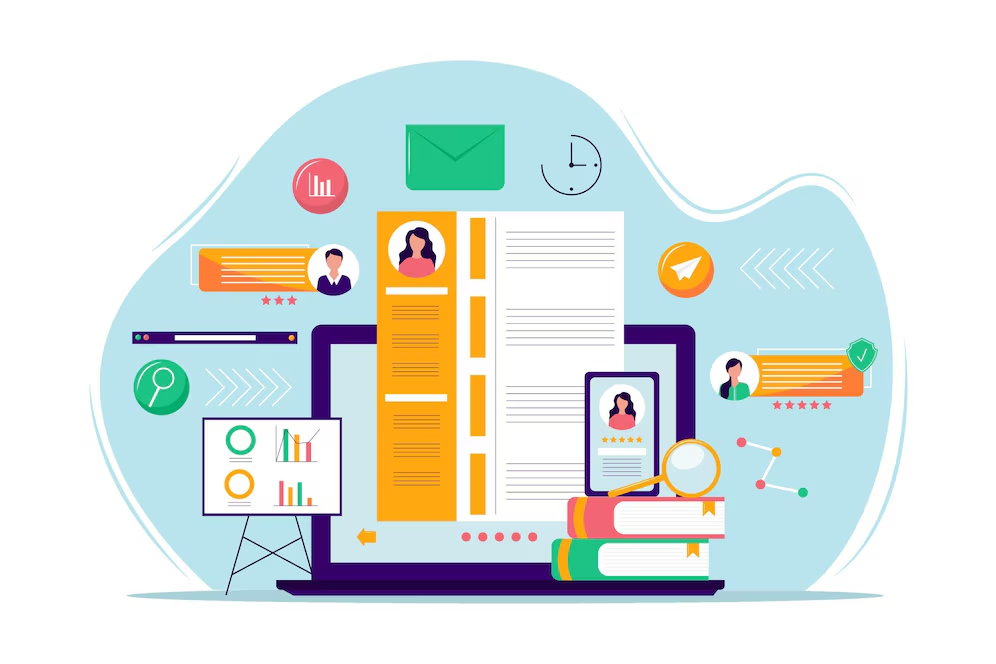
A 2023 study shows that 53% of SaaS applications that an organisation procures remain unused. The prime reason is choosing a software that does not align with what the organisation needs.
While an HRIS system offers several benefits, no software should be deployed before careful evaluation. Some of the things to consider before licensing a Human Resources Information System are:
Cost of Implementation
You may evaluate multiple HRIS systems, but many might seem too expensive and perhaps beyond your budget. However, it is important to look at not only the licensing charges but also the return on investment. Only after accounting for these should you select an HRIS software for your workplace.
Integration With Existing Systems
Often, businesses have other software tools in place. A sound HRIS software should be able to integrate with software that completes tasks like accounting and payroll management software, a separate leave management system, an employee tracking system, and more.
Data Privacy and Security
Employee data is sensitive and confidential information, which should not be accessible to all. Thus, the HRIS software you deploy should have proper data security protocols.
User Adoption and Training
Just like any SaaS tool, being user-friendly is an important factor for all HRIS systems. Additionally, the vendor from whom you license the software should offer training for all users. Further, the vendor should offer support regarding any issues that may come up.
How to Choose an HRIS that is the Perfect Fit
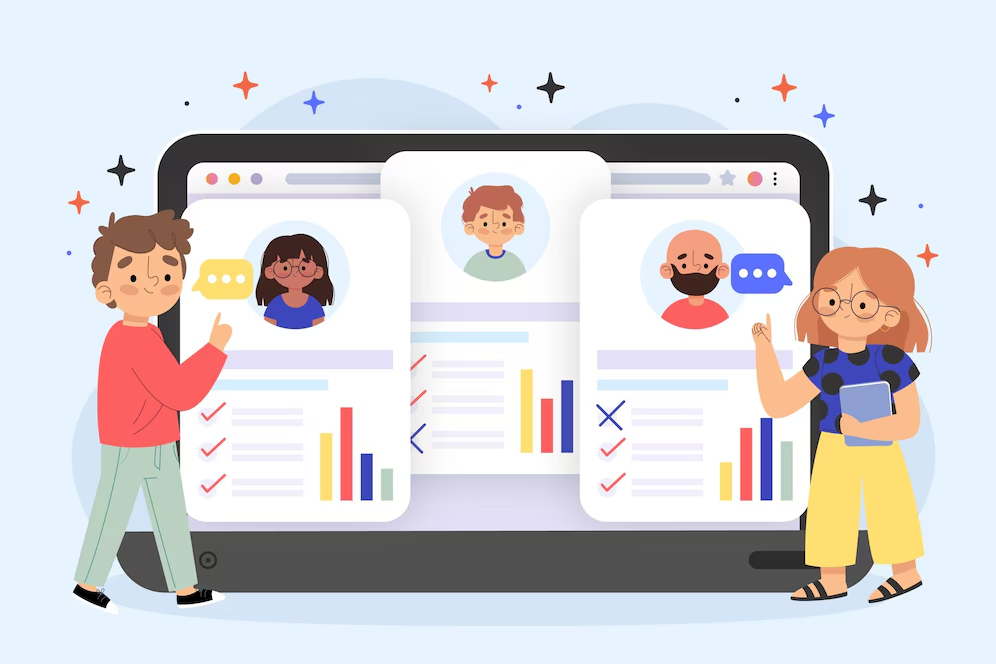
A study by Gartner has shed light on the fact that only 24% of HR functions are being addressed with the help of HR tech, thus, reflecting a low impact.
To ensure that you get the most out of your HRIS system, it is important to choose one that is the right fit for your business. This can be done by following the steps below:
Assessing Your Business Needs
Not all businesses will have the same growth trajectory or plans. Thus, it is important to assess where the business needs to be in the next five or ten years and choose an HRIS system accordingly.
Comparing Features and Pricing
With multiple HRIS software available, compare the features of the ones with the best feedback. Then, compare their pricing to identify which provides the best value for money.
Ensuring Vendor Support and Flexibility
The vendor you license the software from should preferably offer real-time client support. This will ensure that the HRIS software has as little downtime as possible.
Scalability and Future-proofing
Choose an HRIS software that grows alongside your business and is able to accommodate a growing workforce. This will ensure that you have a future-proof solution for your business.
Real-world Impact of HRIS
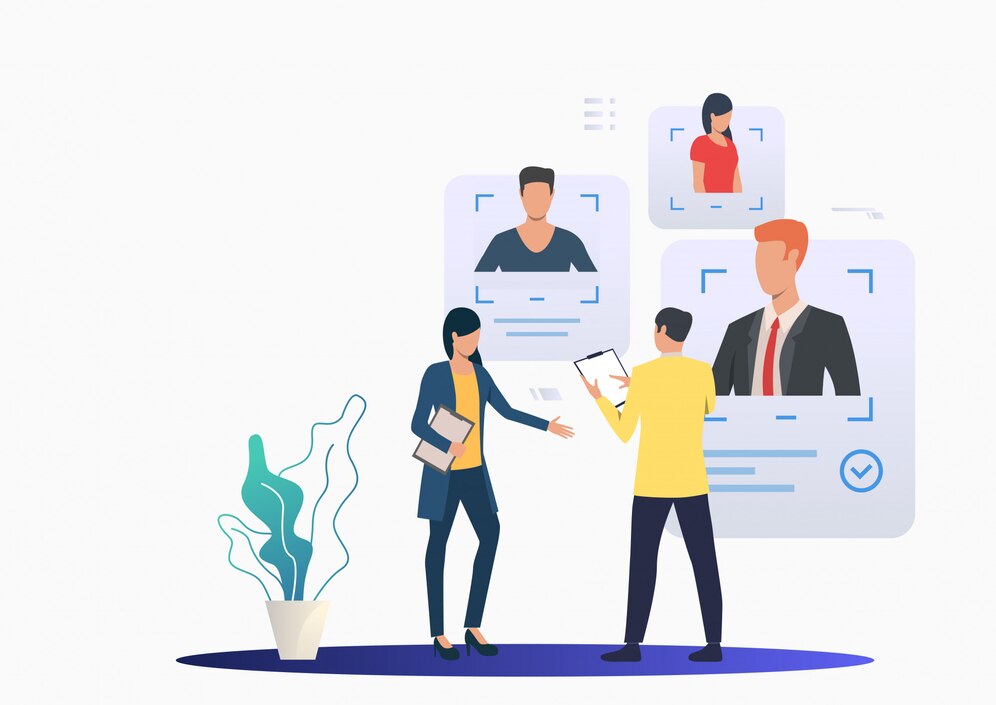
In practice, an HRIS software helps streamline HR tasks such as payroll, incentives, and pension. Further, it helps establish an efficient process that saves time by removing duplicate tasks. This in turn brings down overhead costs in terms of time and manpower spent on routine administrative tasks.
When used right, an HRIS increases organisational efficiency and productivity. These reasons together lay the groundwork for why it is important for organisations to use HRIS software.
However, only as few as 35% of HR leaders feel confident in their approach to HR tech. Thus, there is a lot of room for improvement in the way HR tech, such as HRIS systems, are used.
The Future of HRIS
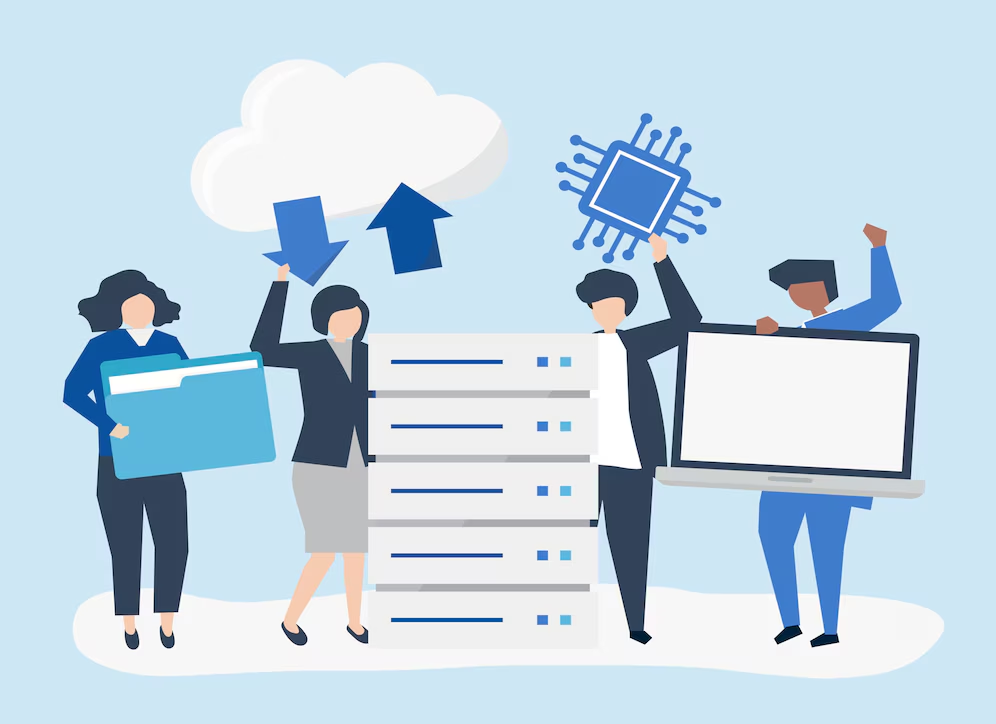
In 2034, the market for HR tech and software is set to cross a value of 70,563.3 million USD; a significant portion being held by HRIS software.
The below factors are expected to be the main drivers in the growth and adoption of HRIS systems.
AI and Automation
The use of AI-driven tools can help install an automated system, which further reduces the amount of human impact necessary, in turn reducing errors.
Data-driven HR
This establishes transparency and clarity regarding decisions like appraisals, promotions, increments, and new assignments. It also helps increase the engagement of the employees and faith in the system.
Remote Work and Cloud-based Systems
With more and more people opting for remote work, software tools that are accessible across platforms pose the best solutions. Further, cloud-based systems build on this for a more resilient, secure system.
In Conclusion
If you are looking for HRIS systems in the UK, you will find that multiple cloud-based tools are available. Prima facie, you need to identify what your business needs. Then make a list of all viable options for HRIS systems.
You can use our blog as a guide to compare and evaluate an HRIS software that is suitable for your business.



